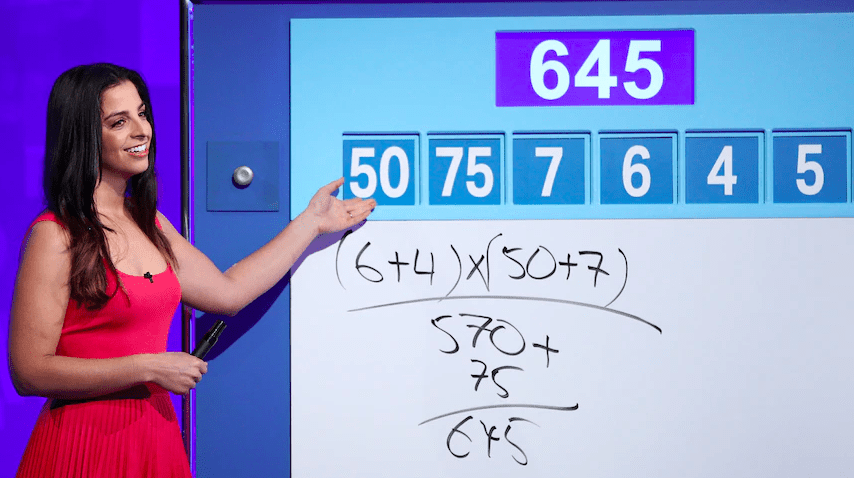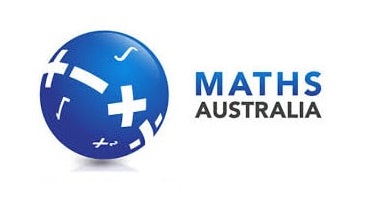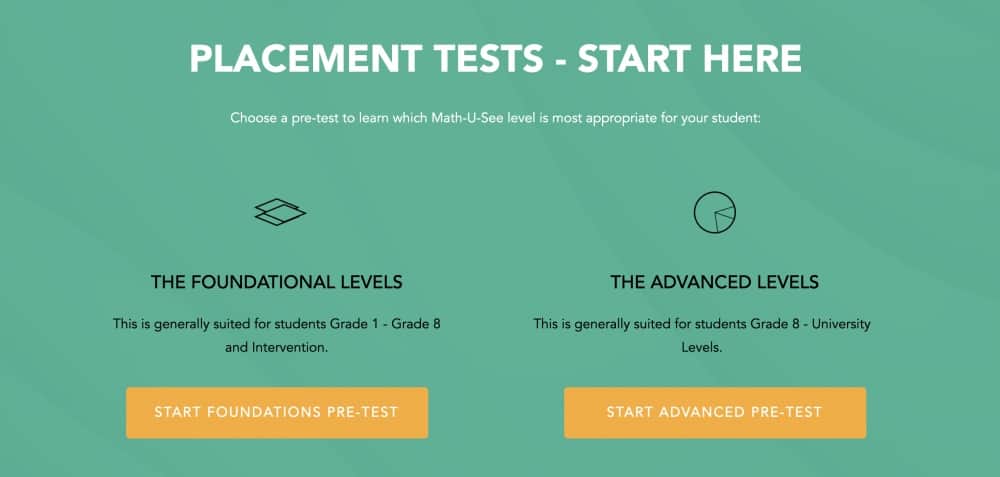
Lily Serna is an avid mathematician
Who enjoys TV shows like "It's Quiz Time", "TV Trivia" and "Letters and Numbers?" It's about smart people solving almost impossible sums or guessing the answers to some absurd questions. And it's fascinating for the viewers!
Letters and Numbers is a TV show starring Lily Serna, an avid mathematician and data scientist. She talks through complicated maths equations and lets the audience have a bit of a chuckle along with her. It's a popular show that has aired for the last 10 years and has many fans.
This time, Letters and Numbers is becoming Celebrity Letters and Numbers as well-known stars and comedian Michael Hing join Lily Serna on stage.
Despite being popular for maths, Lily says there is one thing fans always come up and tell her, and she hates it (because she doesn't believe it to be true!) ABC Everyday reports on the upcoming show and what Lily Serna would like to share with the world.
What's the one thing Lily Serna hates hearing?
It's been almost a decade since the last episode of Letters and Numbers was filmed, but people still stop co-host and mathematician Lily Serna on the street to chat about it.
Lily doesn't mind. She actually kind of loves it. But there is one thing she finds odd.
"People have a strong urge to tell me they don't like maths," she says. "I find it funny because, for me, it would be the equivalent of meeting a lawyer and being like, 'Listen, I have to tell you: I don't like the law'.
"I'm not going to judge. I know not everyone wants to work in mathematics. But, at the same time, I always want to tell them what an amazing discipline it is and what good it can do.
"So we usually end up talking about why maths is important."
Why do people love the show?
It feels strange to say that Letters and Numbers has been gone for nearly 10 years because the truth is it never really left. Re-runs of the show have aired on SBS most afternoons since it was last filmed in 2012, and there are countless international versions. The format first debuted in France as Des Chiffres et des Lettres in 1965 and it's had huge success as Countdown in the UK since 1982. Both series are still going strong.
But if so many people don't like maths, why is this game show so popular?
Firstly, The show is simple and unapologetically dorky.
Secondly, people don't really think about it as maths in the conventional academic sense.
These equations aren't homework you can be graded on — they're puzzles for friends and families to have fun with and they're tailored to all abilities. "You don't have to get the precise answer; you can get close to the answer too."
Of course, Lily is famous for getting the precise answer. She guides viewers easily through even the most complex equations, showing her working in real-time while everyone on the other side of the TV guesses the correct answer.
Maths has never been more important
What's so hard about maths? Why do kids start hating maths and feel intense anxiety when they are sitting for a maths exam?
The stigma around maths usually kicks in during high school, Lily says.
"When I talk at primary schools, that enthusiasm is really there," she says. "The challenge is to calm the kids down when we play games. And that's what maths is to me; a bunch of games or puzzles to work out." Using maths games and activities is a great way to introduce numbers in a fun way to any child. They get to learn their numbers but also see how each number can be used in different situations and real life examples.
"But in high school, the stereotypes can start to kick in and then you get students being a little bit deterred from it. Suddenly maths is seen as "too hard" or "too nerdy".
Some people question whether maths is even necessary. Do you really need to learn addition, subtraction and multiplication when we have calculators on our phones?
But Lily's dedicated much of her career to countering these negative perceptions in the wider community. "I always tell students that maths is about training the mind to think in a systematic and logical way," she says.
"It's really, really beneficial in so many different ways, especially in this day and age where we are just surrounded by data, facts, figures and need to have a way to work it all out. Even basic shopping needs maths, as well as sports, music, art and many other subjects.
What makes students not like maths?
Lily thinks that much of people's aversion to maths can be traced back to "black and white thinking". People get stuck in labelling who you are based on how good your results are.
"People often think that you're either good at maths or you're not good at maths, but the better way to think is: The more practice you have, the better you'll get," she says.
When speaking in schools, Lily tells students there's one phrase they should stop saying for good: "I'm not a maths person" — and this is especially important for girls, who have been historically shut out of mathematics entirely.

What continues to inspire Lily Serna to share maths?
As one of Australia's only prominent female mathematicians, she's determined to use her platform to inspire others.
"While filming this latest season of Celebrity Letters and Numbers, a young woman came up to me and said the reason she signed up to be in the audience was because she wanted the chance to meet me," Lily says. "It blows my mind: She said she had gone into mathematics because she'd watched Letters and Numbers when she was younger. She cried. And I cried too. It was really lovely — and it just makes me feel like the tide is shifting."
How do you get better at maths?
The easiest way to get better at maths is to make sure you understand what is being taught. If you can't understand the concept the teacher is showing on the whiteboard, there is no way you can replicate it for a maths test or exam.
This is often why students struggle at those crucial moments - they use rote learning and endless revision to cram in maths facts and when they sit down to take the test, the formula they learnt doesn't look the same on paper and they get the answer wrong.
Through the popular Math-U-See program, hands-on tools are used to show numbers in a way the student can touch, feel and create a sensory link to each number. By creating a strong neurological pathway in the brain through specific colours, numbers and the importance of Place Value, students begin to understand the concept of maths on a whole new level.
Using hands-on tools and a step-by-step program from preschool to Grade 12 maths also engages all learning styles (audio, visual, kinaesthetic, reading/writing) and is specifically effective for students with dyscalculia, dyslexia and other learning differences.
It's a program that is being used across Australia by teacher, tutors, intervention specialists and parents who are finding that the way maths has been taught in the past just isn't working.
Looking for the answer to maths?
The first thing you can do to check your student's understanding of maths is to determine how much they actually understand. Are they using their fingers to count? Are they struggling with understanding Place Value?
Here's a free diagnostic test so you can determine where your student is at. It's an easy way to see where their gaps of understanding are and what you can do about supporting them to learn more effectively.
If you have any questions about maths, leave your comments below
Warmly,
The Team at Maths Australia

